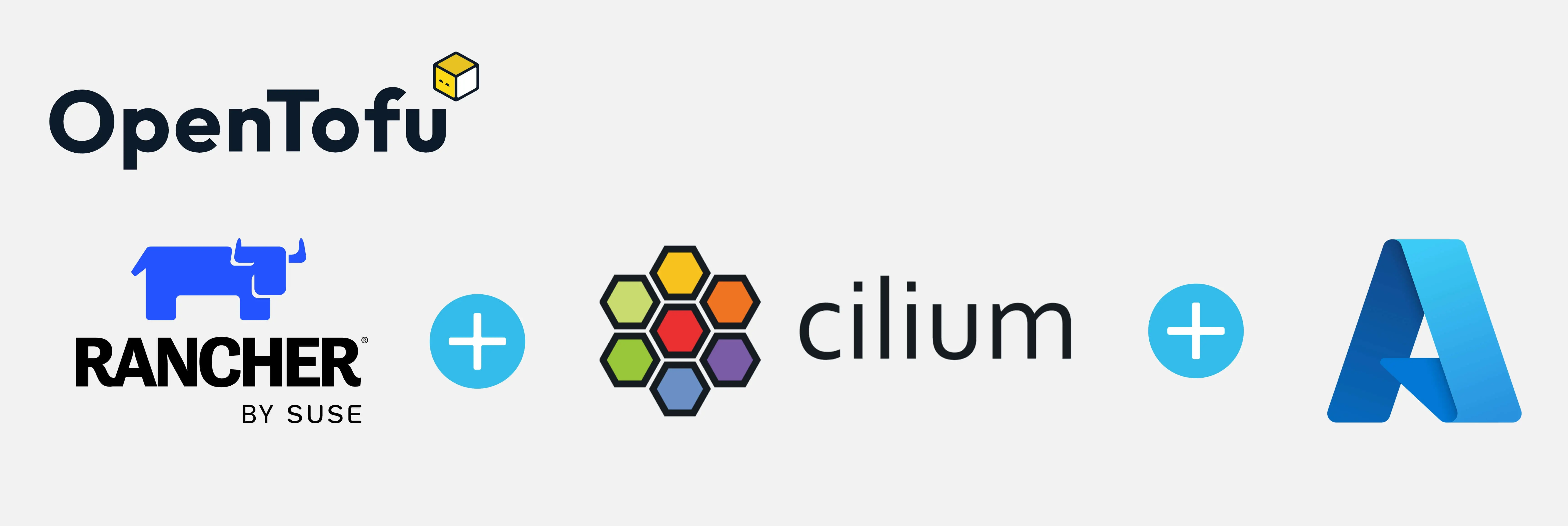KCD Genava 2025
Summary:
My KCD Geneva 2025 highlights.
Container orchestration platform for automating application deployment, scaling, and management.
View All TagsSummary:
My KCD Geneva 2025 highlights.
Summary:
An easy way to migrate ArgoCD running on an RKE2 cluster from Ingress NGINX to Cilium Ingress.
Summary:
This is part 3 of the step-by-step guide to creating Kubernetes managed clusters on Azure Cloud using Cluster API (CAPI) and Sveltos! We will give platform teams and seasonal engineers a simple, secure, and flexible way to build Kubernetes clusters.
Summary:
This is part 2 of our series. Here, we show how to use Cluster API (CAPI) to create Azure Kubernetes managed clusters. We’ll use Cilium as our Container Network Interface (CNI) and explore additional features. Follow along to experiment with CAPI and explore the Azure cloud.
Summary:
In this post, we show how to use Cluster API (CAPI) to create Azure Kubernetes managed clusters. We will use Cilium as our Container Network Interface (CNI) and explore additional features. Follow along to experiment with CAPI and explore the Azure cloud.
Welcome to part 4 of the dual-stack series! In parts 1, 2, and 3, we walked through how to set up dual-stack networking on a Proxmox server using our Internet provider. We also showed you how to deploy RKE2 Kubernetes clusters and share both IPv4 and IPv6 services across them. Now, in the final part of the series, we are diving into some of the most commonly used features of Cilium for a home lab setup! Let’s get started!

Are you ready to simplify how your Platform team spins up and down development environments while improving DevX? In this post, we show how Cluster API(CAPI), Sveltos, and Cyclops work together. They automatically create Kubernetes environments. This setup lets developers easily interact with and manage their applications. It is not magic, it is the power of Sveltos combined with the right tooling!
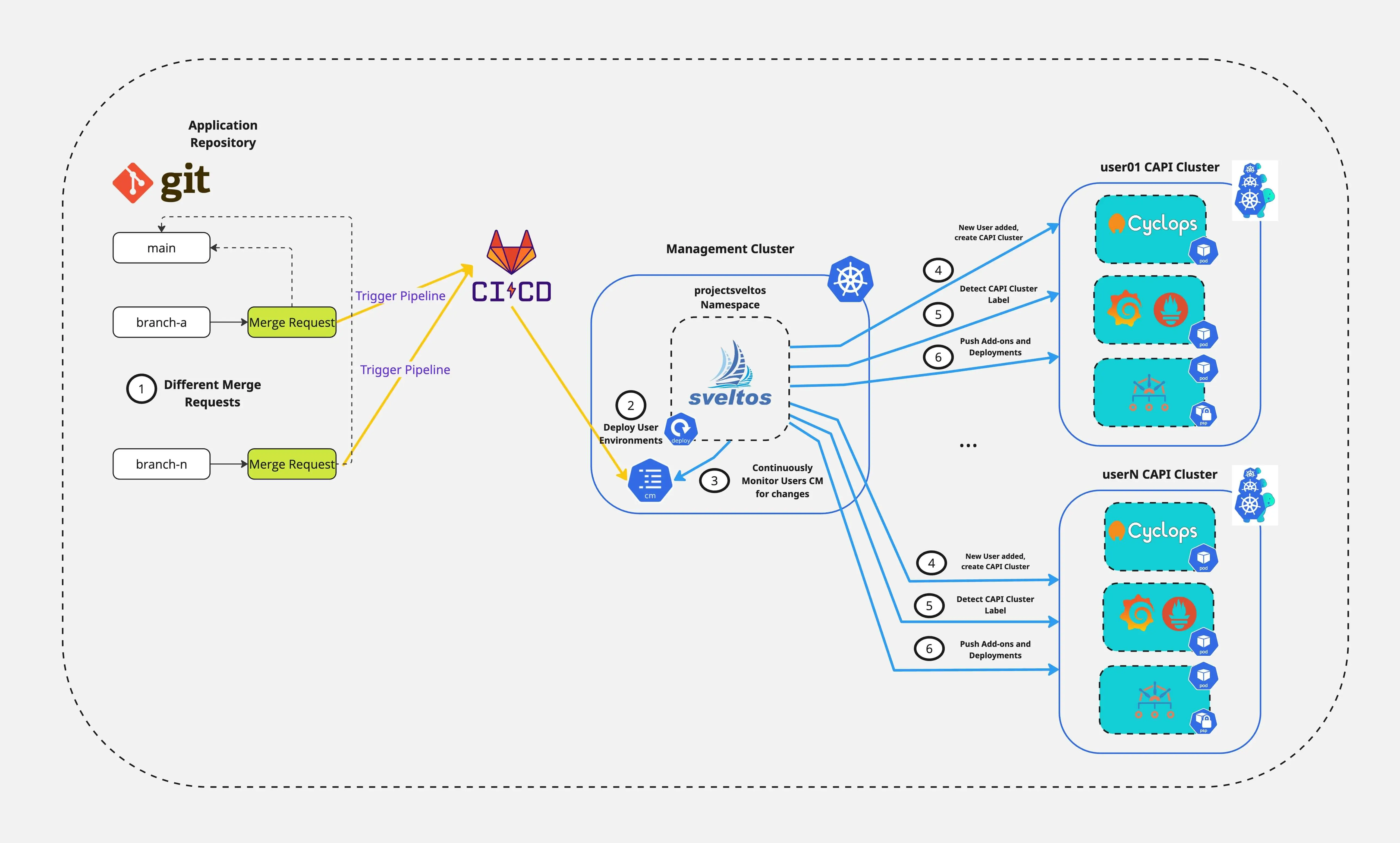
Welcome to part 3 of the dual-stack series! In part 1 and part 2, we discovered how to enable dual-stack on a Proxmox server using our Internet provider and deploy RKE2 clusters. In today's post, we continue our journey and enable a Cilium Cluster Mesh between two RKE2 clusters. The goal is to share IPv4 and IPv6 services between the different clusters effortlessly. Let’s dive in!

Welcome to part 2 of the dual-stack series! In part 1, we covered how to enable IPv6 Prefix allocation using pfsense on Proxmox with Fritz!Box as a home router. The setup allows virtual machines in a dedicated interface to receive an IPv4 and an IPv6 address. If you have completed part 1, you can continue with the dual-stack RKE2 setup powered by Cilium.

Another amazing Civo Navigate conference came to an end. In today's blog post, I wanted to share some highlights from the event. I had the chance to present Sveltos and how templating alongside Validate Health can be used to deploy and update different Kubernetes add-ons and applications effortlessly.
Below, I will dive into the key highlights from the conference, provide resources about tooling I found interesting and last but not least, provide more details about the Sveltos presentation!
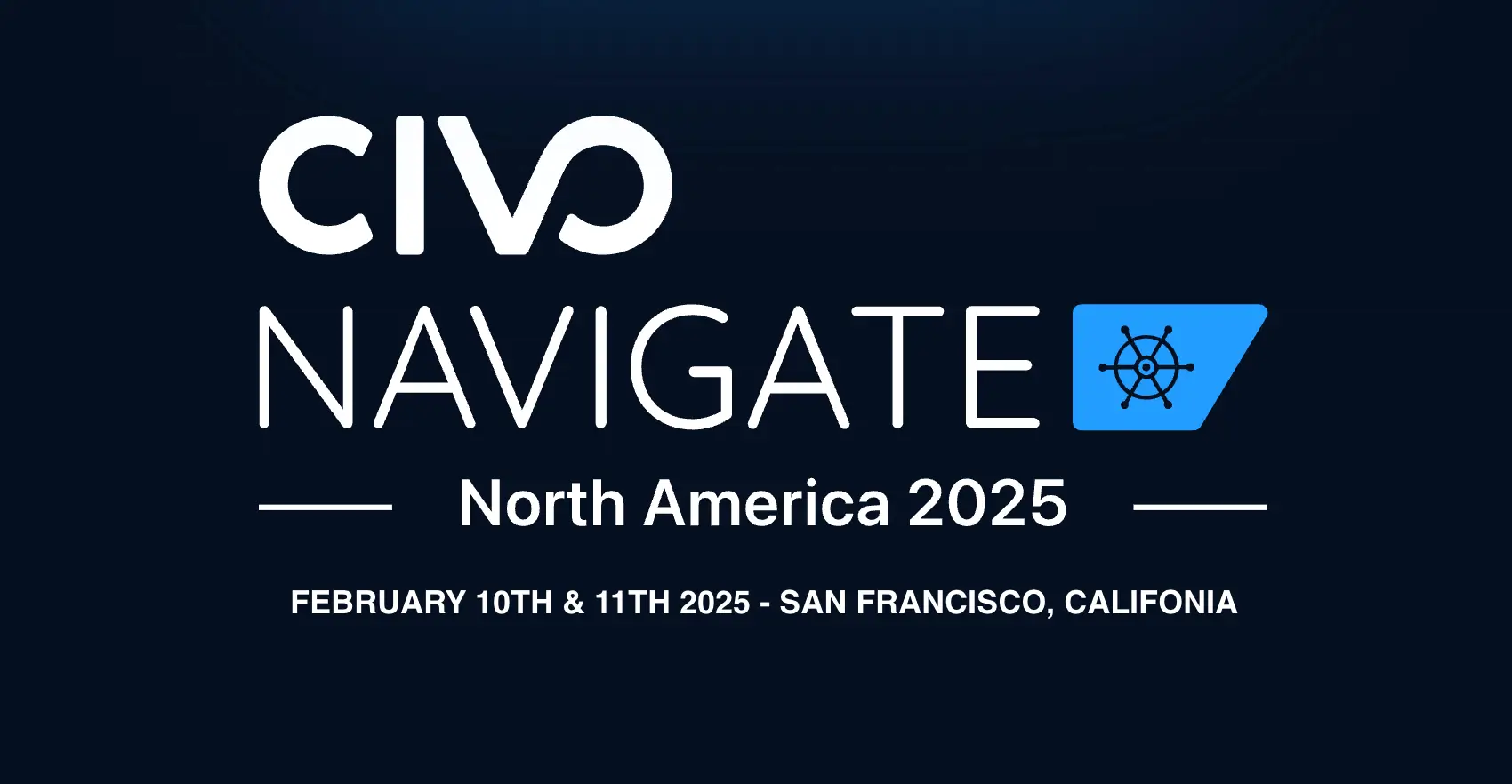
In Part 1 of the series, we showed how to install Sveltos on a Kubernetes management cluster. We also deployed Kyverno. After that, we used sveltosctl, the Sveltos Dashboard, and the Grafana Dashboard for observability. In today's post, we will take the next step and talk about the Dry-run feature, how to express a Sveltos ClusterProfile as a template and what the latest templateResourceRefs are.
It is already a year since I started getting more involved with ProjectSveltos. Over the past few months, a lot of work was put into making Sveltos not only more intuitive but also easier to use, all while preserving its core features and functionality.
This post will be split into two parts, with both sections covering the latest updates along with simple deployment examples to help you get started. So, let's dive into the world of Sveltos and explore what's new!
In a previous post, we described how to install multiple virtual clusters in a Civo cloud environment with vCluster.
Today's post updates the old deployment. It shows how to interact with virtual clusters using a registered domain hosted on Cloudflare. We use a LoadBalancer service to make this work. Let's dive into it.
In a previous post, we described installing a Rancher server on an EKS cluster with Nginx Ingress, Let's Encrypt for TLS and Cloudflare for hosting a domain.
Today's post is an update of the old deployment which includes the latest Rancher stable Helm chart release and Proxy details hoping to fix cloud-init issues. We will provide an easy-to-follow guide outlining what's new, and why updating Rancher to a later version alongside caveats or issues faced during the deployment. For this demonstration, we will use a k3s cluster hosted on Civo Cloud.

Welcome to the first post of the brand new Kubernetes Troubleshooting Insights section! The series of blog posts will share helpful information and troubleshooting tips for issues that might appear in a Kubernetes environment. The posts focus on real-life scenarios from either test, staging, or production environments.
In today’s blog post, we’ll explore an issue with CoreDNS setup on RKE2 clusters. Cilium CNI with Hubble were enabled for this setup. Let’s jump right in!

How easy is it to handle Day-2 operations with existing CI/CD tooling? Sveltos provides the ability to perform not only Day-1 operations but also helps platform administrators, tenant administrators and other operators with Day-2 operations. For example, we can use the HealthCheck and the ClusterHealthCheck features to not only watch the health of a cluster but also collect information from the managed clusters and display them in the management cluster.
In today's blog post, we will cover a way of deploying Cilium as our CNI alongside Cilium Tetragon for observability. We will then continue with a simple TracingPolicy deployment to capture socket connections and then use Sveltos to display the tracing results back to the management cluster.
The goal of the demonstration is to showcase how Sveltos can be used for different Kubernetes cluster operations based on the use case at hand.
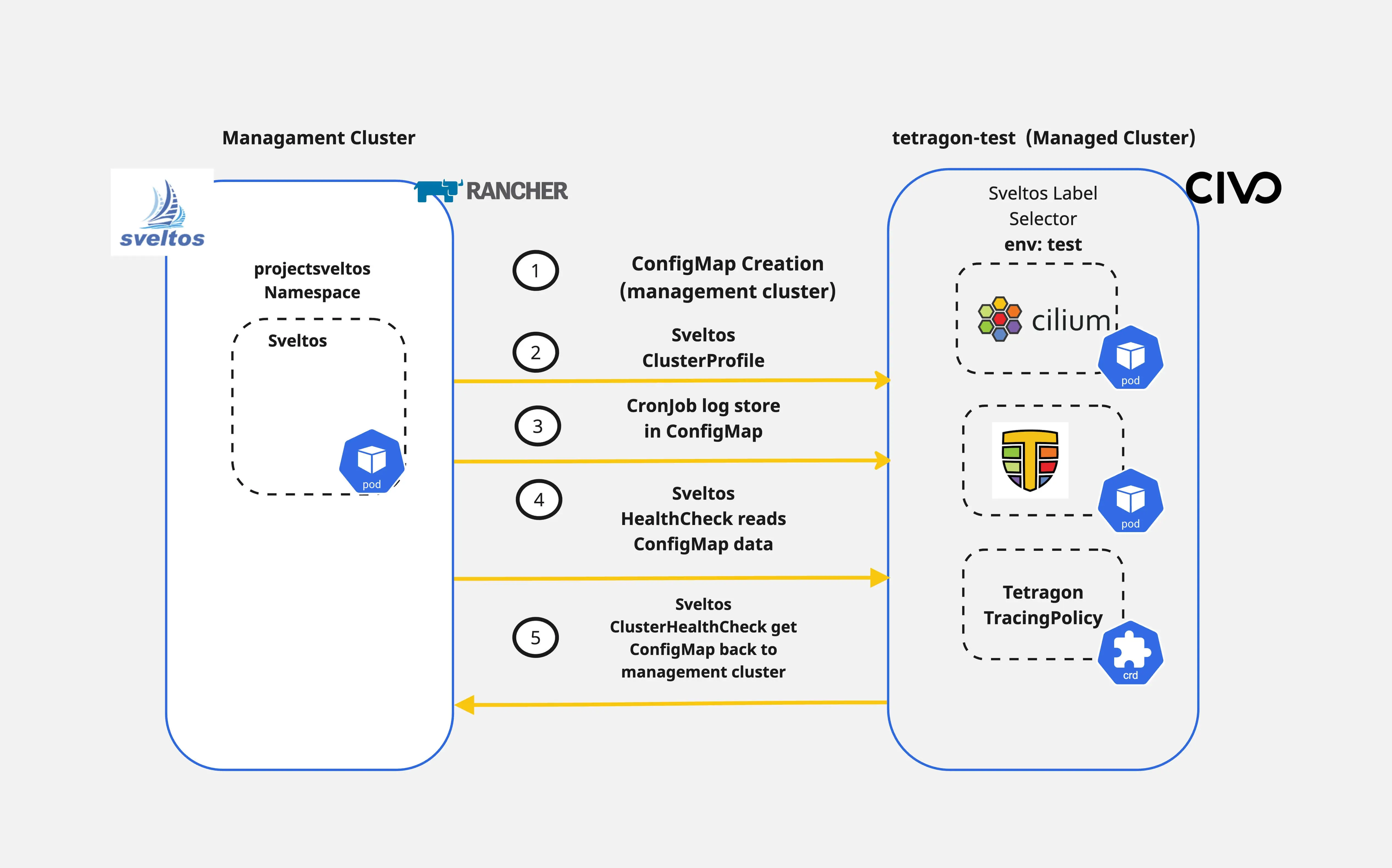
In previous posts, we outlined how Sveltos allows Platform and tenant administrators to streamline Kubernetes applications and add-on deployments to a fleet of clusters. In today's blog post, we will take a step further and demonstrate how easy it is to target and update a subset of resources targeted by multiple configurations. By multiple configurations, we refer to the Sveltos ClusterProfile or Profile Custom Resource Definitions (CRDs). The demonstration focuses on day-2 operations as we provide a way to update and/or remove resources without affecting production operations.
This functionality is called tiers. Sveltos tiers provide a solution for managing the deployment priority when resources are targeted by multiple configurations. They fit into current ClusterProfile/Profile definitions. They also set the deployment order and easily override behaviour.
Today, we will cover the case of updating the Cilium CNI in a subnet of clusters with the label set to tier:zone2 without affecting the monitoring capabilities defined in the same ClusterProfile/Profile.
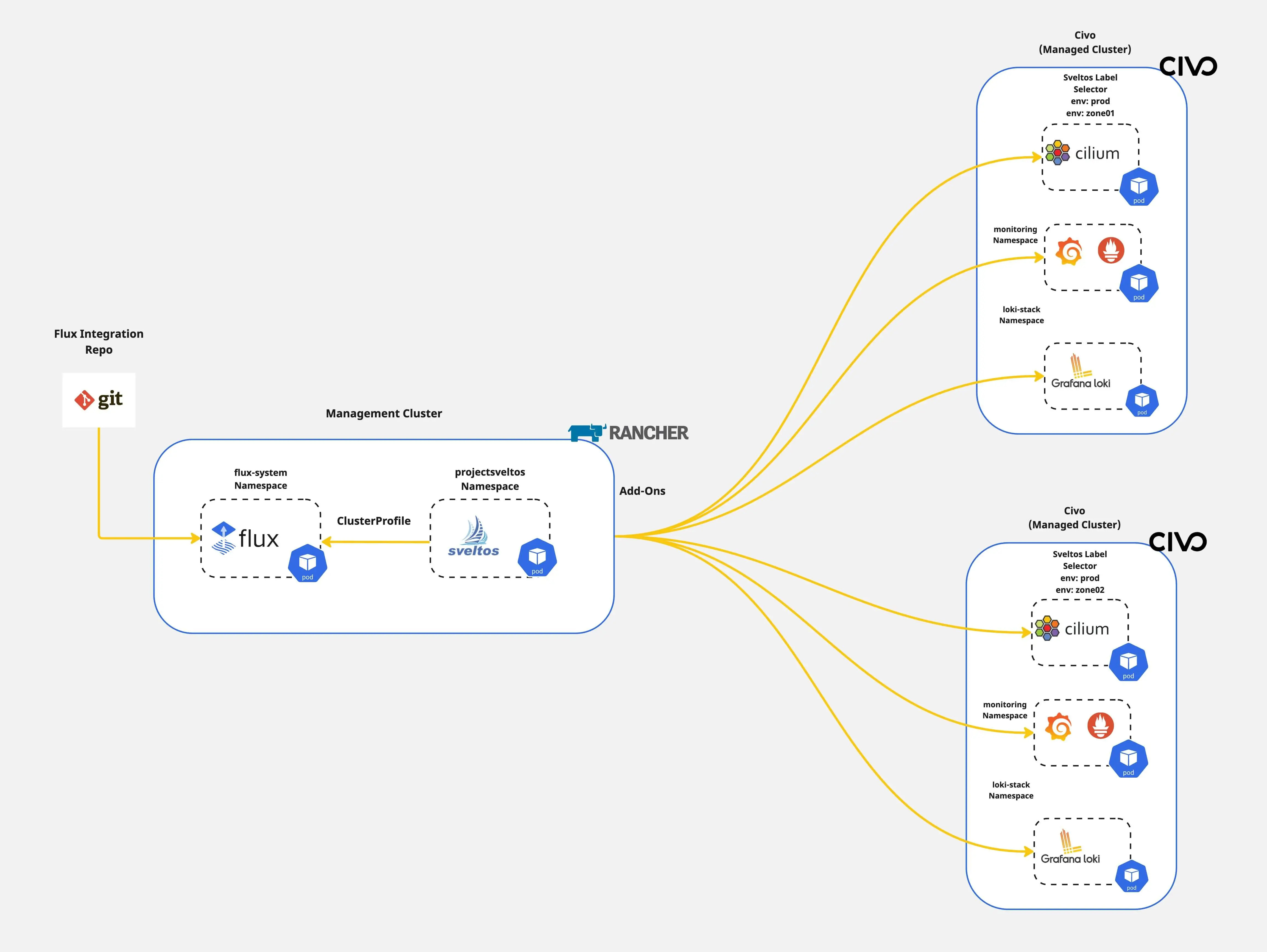
Sveltos is on tour! Another non-technical post describing my experience at the OSSummit Europe 2024. Apart from outlining my experience, the post will include useful resources on open-source projects I learned about during the event.
About Sveltos, Gianluca Mardente and I had the chance to talk at the conference and present Sveltos and how it is used to deploy and manage different Kubernetes applications and add-ons in a multi-cloud setup.
In the sections below, I will outline my highlights of the conference and what I have learned, while later on, I will describe what we presented about Sveltos and where to locate the required resources.

Today's post will not be as technical as previous ones however, I wanted to share my experience at the Civo Navigate in Berlin. I had the chance to talk at the conference, present Sveltos and how it can be used to painlessly deploy different Kubernetes applications and monitoring capabilities on a fleet of clusters.
Apart from that, I attended many different sessions covering relevant topics (Cloud native, Security, Thought Leadership, AI) and meet fellow enthusiasts.
In the sections below, I will outline some of my highlights and afterwards provide an introduction to the Sveltos presentation alongside the useful resources.

In a previous post, we covered how to create an RKE2 cluster on Azure Cloud using the cloud-free credits from the Rancher UI. As this is a convenient approach to get started with Rancher, in today's post, we will demonstrate how to use OpenTofu to automate the deployment.
OpenTofu is a fork of Terraform. It is an open-source project, community-driven, and managed by the Linux Foundation. If you want to get familiar with what OpenTofu is and how to get started, check out the link here.
We will also show how easy it is to customise the Cilium configuration. Plus, we will enable kube-vip for LoadBalancer services using HCL (HashiCorp Configuration Language).
